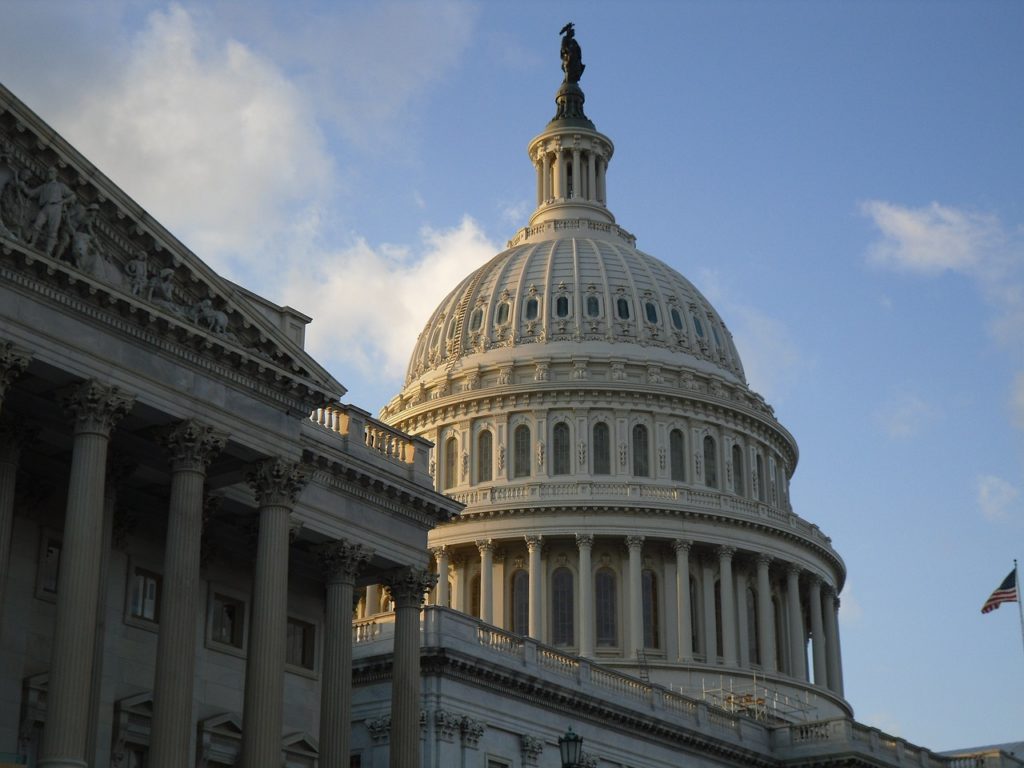Programs established in the most recent COVID-19 relief legislation, passed in December, will go a long way to bolstering hospices that have taken operational and financial punches from the pandemic. A recent analysis from the National Association for Home Care & Hospice indicates that providers will likely need more support to ride out the continuing global emergency.
The Consolidated Appropriations Act of 2021 was designed to keep the government running and fund federal agencies into the new year, as well as provide COVID-19 relief. Two key pieces of hospice legislation were folded into the bill, including the Rural Access to Hospice Act and the Helping Our Senior Populations in Comfort Environments (HOSPICE) Act, as well as an extension of the temporary suspension of payment sequestration.
“The most notable successes in the legislation are the extension of the moratorium on the 2% Medicare sequestration cut and the hospice survey provisions that reduced mandatory surveys from every two years to every three years, while authorizing more frequent surveys targeted to non-compliant hospices,” the NAHC report indicated. “The additional support available through the [Small Business Administration] Paycheck Protection Program will also help many home care and hospice companies.”
The legislation extends to March 31, 2021 the temporary suspension of Medicare sequestration payment reductions for hospices for the duration of the federally declared COVID-19 public health emergency. CMS originally implemented a moratorium on sequestration pursuant to the Coronavirus Aid, Relief, and Economic Security (CARES) Act or CARES Act, but that provision had been set to expire on Dec. 31.
Under the auspices of the Budget Control Act, CMS in 2014 began reducing payments to hospice providers by 2% across the board. Under current law, a hospice provider must return payments to CMS if the total paid exceeds the Medicare payment cap allowance. CMS includes the sequestered 2% as part of the total, even though hospice providers never received those funds.
A number of hospice providers have reported that the moratorium positively impacted their bottom lines, including giants such as VITAS Healthcare, a subsidiary of Chemed Corp. (NASDAQ: CHE), and Amedisys Inc. (NASDAQ: AMED). The impact likely has been more profound for smaller organizations that tend to see smaller margins.
The HOSPICE Act provisions were developed in response to two July 2019 reports on hospice quality from the Office of the Inspector General (OIG) at the Department of Health and Human Services (HHS) that received widespread industry and media attention. The original will would have increased the frequency of CMS surveys to every two years rather than the current three. The language in the current law retains for now the triennial survey frequency while allowing for additional surveys for providers with a history of serious deficiencies.
“This makes changes to the Medicare hospice survey and certification process to improve consistency and oversight, allowing the [HHS] Secretary to use intermediate remedies to enforce compliance with hospice requirements and extending the requirement that hospices be surveyed no less frequently than once every 36 months,” the NAHC report indicated. “It also creates a new Special Focus Facility Program for poor-performing hospice providers, who will be surveyed not less frequently than once every six months.”
As the pandemic worsens and provider needs continue to grow, Congress and the incoming Biden administration are likely to press for additional relief in the coming year, though no specific guarantees have been made on the timeframe. Partisan wrangling regarding specific provisions of the COVID relief legislation delayed passage of the December bill for months. As of this month, a single political party will control the White House and both chambers of Congress, but the ways that dynamic will impact COVID relief negotiations remains to be seen.
“While the outcome of the new federal spending is positive, there is much to do next year to ensure that home care and hospice can fully operate during the pandemic and beyond,” NAHC said in the report. “President-elect Biden has indicated that this legislation is only a down payment on the relief that is needed. As such, it is expected that Congress will begin work on further relief in early January. Its fate is uncertain, particularly given the many months that it took to break the partisan impasse that had developed on this legislation.”



